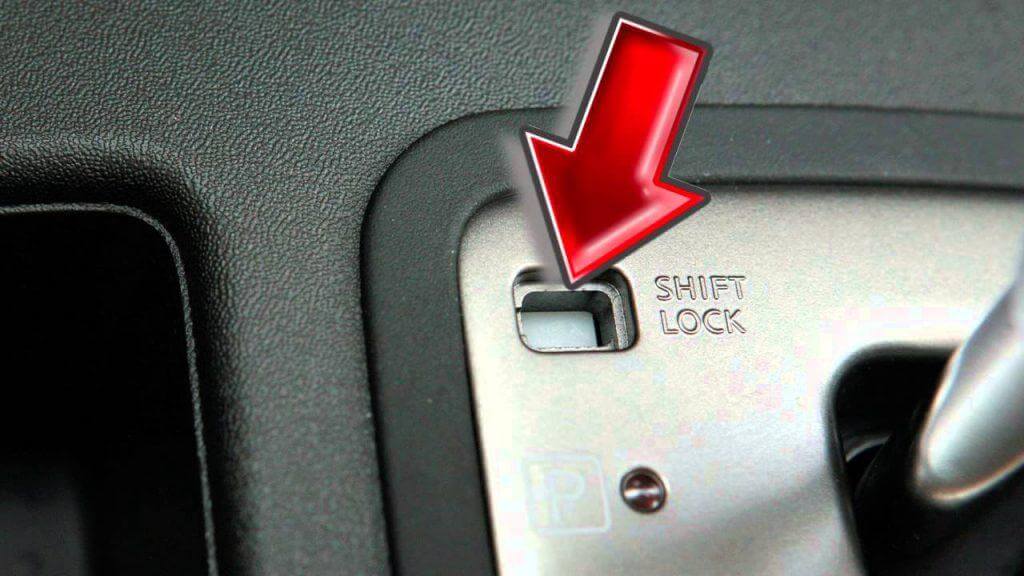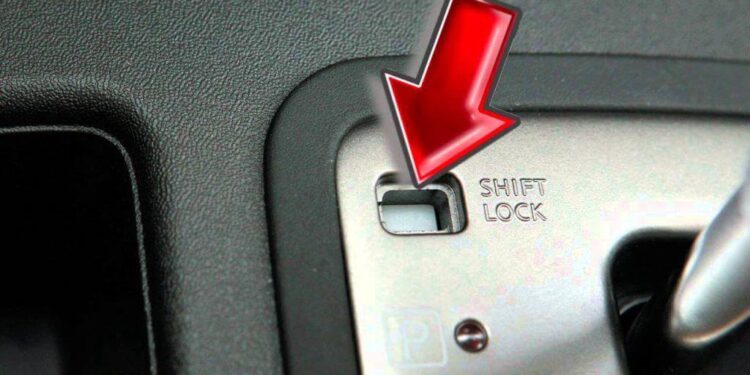You’ve probably wondered: “What is the shift lock release button on my car?” The override mechanism, Safety feature, and location are just a few of the questions you may be asking yourself as you look to start your car.
KAMPALA | NOW THEN DIGITAL — The shift lock release button on your automobile is an important part of how your vehicle works. You may be asking yourself: “What is it for?” You might be wondering about the override mechanism, the safety feature, and its location when you start your vehicle.
- In many vehicles, there is a shift lock button. It prevents accidental shifting into reverse while you are driving, which can even result in transmission failure.
- By pressing the brake pedal, you can bypass the shift lock release mechanism, which releases the plate stopper and allows the shifter to move downward.
- Also, find out what to consider before you buy a Toyota Sienta in Uganda in our Toyota Sienta review.
nowthendigital.com explains how it works, and where it is.
If you’re like most of us, you’re probably confused by all of them. But fear not! There’s help at hand. Read on to learn more about these important controls.
Mechanical overwrite button
The shift lock release button is a mechanical overwrite switch that is present in many modern vehicles. Pressing it releases the shift lock present in modern cars with automatic transmissions.
This is important because it allows the driver to shift gears even when the battery is dead.
There are a few instances when the switch may become stuck, and it’s important to understand what to do if you encounter one.
This article discusses how to unlock a stuck shift lock release button.
The shift lock release button is typically located on the car’s dashboard. Pushing it will release the shift lever.
However, if the brake pedal is depressed, the shift lever cannot be moved.
Pressing the shift lock release will disengage the shift lock solenoid, which will allow the shift lock plate to move down.
When the switch is unlatched, the shift lever can be shifted to any position.
The Shift Lock button can also be used to remove the lock when the vehicle is in P mode.
When the vehicle is off, the shift lock release button allows the driver to change gears without activating the engine.
Automatic transmissions have a shaft lock, which becomes active when the selector is in P gear.
This prevents the driver from shifting the vehicle without the brakes or the key.
However, some drivers may not need to use this feature.

Safety feature
A shift lock release button is a safety feature in your vehicle. It prevents you from accidentally shifting into reverse while driving and can even blow your transmission.
It’s important to know how to use this feature if you ever need to move your vehicle.
This article will provide you with more information on this safety feature.
This safety feature keeps you from accidentally shifting out of ‘Park’ or ‘Reverse’ when you don’t intend to.
If you don’t want to accidentally shift out of ‘Park,’ you can simply disengage the shift lock feature by pressing the release button while pressing the brake pedal.
A shift lock release is also useful in emergencies, such as when the battery dies or you’re unable to turn off the ignition.
You may not know how to use the Shift Lock Release button if you’ve never driven an automatic car. You may even think it’s superfluous.
However, it’s a vital safety feature for both manual and automatic transmission cars.
While it may seem like a small addition to the safety of your vehicle, the Shift Lock Release button is a vital safety feature.
When you’re driving, you don’t have to worry about accidentally shifting into reverse.
If you’ve ever accidentally changed gears in a vehicle, you’ve probably experienced this problem.
Fortunately, most automatic transmissions have a shift lock release button. You can also change gears manually using your keys.
But it’s important that you keep a close eye on your car. Shift interlock prevents accidents by preventing the driver from changing gears while driving.
So, if you’re in doubt, you should consult your owner’s manual to make sure that your vehicle has this safety feature.
Override mechanism
You can bypass the shift lock release mechanism by pressing the brake pedal. This turns on a solenoid that releases the plate stopper and allows the shifter to move down.
If the brake pedal is not depressed, the solenoid may be inoperative and the vehicle won’t recognize Park.
In such cases, you can push the shift lock release button override mechanism. This is especially helpful when the shifter is stuck in Park and the brake pedal is pressed while driving.
When the shifter is locked, it can be impossible to shift out of park without the brake pedal being depressed.
In such situations, it is crucial to have a means to bypass the shift lock release mechanism. This mechanism is usually found on the steering column or center console.
It works by disabling the brake light switch and can prevent small children from shifting out of park. It works by physically barring the shift lever and switching back when the brake pedal is depressed.
Another way to bypass the shift lock release button is to switch your car’s transmission into ‘P’ mode. This mechanism keeps you from accidentally shifting out of ‘Park’ mode, which can result in a dangerous roll.
Furthermore, shifting out of ‘Park’ without the brakes on or a key in the ignition can damage the transmission, which may lead to a costly repair.
If you have the Shift Lock release override, you can easily undo the lock and switch the transmission into P. In an automatic transmission, a shift lock release can be found near the transmission lever.
The mechanism is mechanical and overwrites the shift lock mechanism when the battery is dead.
By pressing the shift lock release button, you can make shifts in the car even if you’re stuck in one gear. The key can even be found on your hand.
Therefore, you must make sure to follow the instructions on the owner’s manual before pressing the button.
Location
In many vehicles, the shift lock release button is located on the gear lever. It has a number of uses, such as ensuring your safety when shifting gears. Its location is typically on the shift lock.
This article explains where it is, how to use it, and how to identify the different types of buttons on your vehicle. Listed below are some of the functions of the shift lock release button.
- Some vehicles have an analog button for the shift lock release, while others use a key hole near the gear lever.
- A key hole is similar to a button in that a key inserted into the ignition unlocks the transmission.
- The purpose of the button is to prevent unauthorized use of the car. However, it should be noted that not all cars feature this option, and a key hole is not necessary in all cars.

















